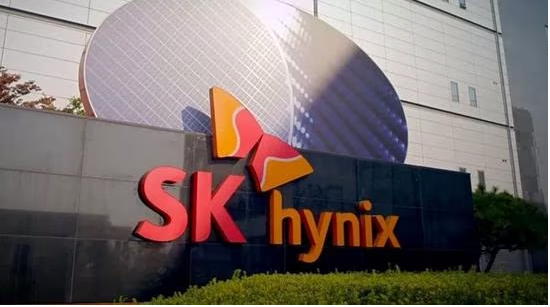The slow recovery in demand for NAND flash memory has put the semiconductor industry, including Samsung Electronics and SK Hynix, in trouble. This is because the growth of the artificial intelligence (AI) industry has led to increased profitability of DRAM, which has had a negative impact of suppressing demand for NAND flash memory.

It is understood that in the first half of this year, the semiconductor inventories of Samsung Electronics and SK Hynix increased significantly. Inventories of Samsung Electronics' equipment solutions division, which is responsible for the company's semiconductor business, increased by about 16%, from 29.0576 trillion won at the end of 2022 to 33.6896 trillion won at the end of the first half of this year.

SK Hynix also announced inventories worth 16.4202 trillion won, an increase of about 5% from the end of 2022. Both companies explained in their second-quarter earnings reports in July that semiconductor inventories peaked in the second quarter and were trending downward, but analysts believe that their inventories have risen steadily in the first half of the year but have not yet fully reduced.
This is because weak demand for NAND flash memory offsets the impact of production cuts.
In terms of DRAM, Samsung Electronics, SK Hynix and Micron hold more than 90% of the market share, while the NAND flash memory market is dominated by about seven to eight companies, including these three companies. Therefore, the bargaining power of suppliers is weaker in the case of NAND flash memory than in the case of DRAM.
As major customers of the semiconductor industry, large technology companies have recently focused their investments on artificial intelligence-related industries, which is one of the reasons why NAND flash memory demand has not recovered.
With the extensive use of next-generation high-performance DRAM such as DDR5 and HBM, the AI server semiconductor market is growing rapidly. This has played an important role in improving profitability in the DRAM market, but in the case of NAND flash, it is difficult to see additional profitability improvements because they only involve enterprise solid-state drives (SSDs) already used in servers.
Samsung Electronics and SK Hynix plan to manage inventories by cutting additional NAND flash memory production in the second half of this year to prevent the downturn in the NAND flash memory market from having a negative impact on the DRAM market, which has begun to rise.
Samsung Electronics said it will continue to reduce memory semiconductors centered on NAND flash memory in the second half of the year. SK Hynix announced plans to further reduce NAND production by 5% to 10% in the second half of this year.



